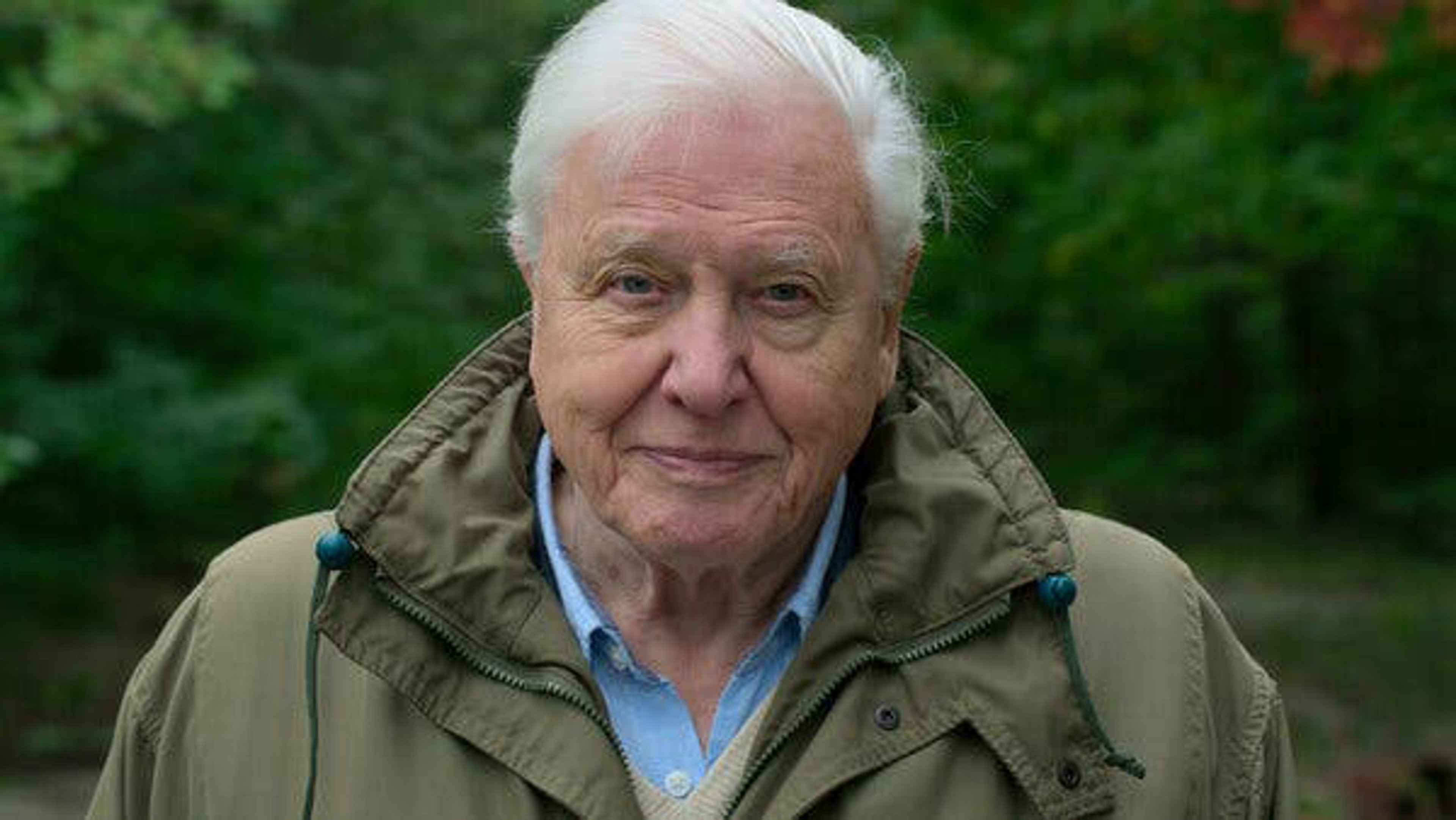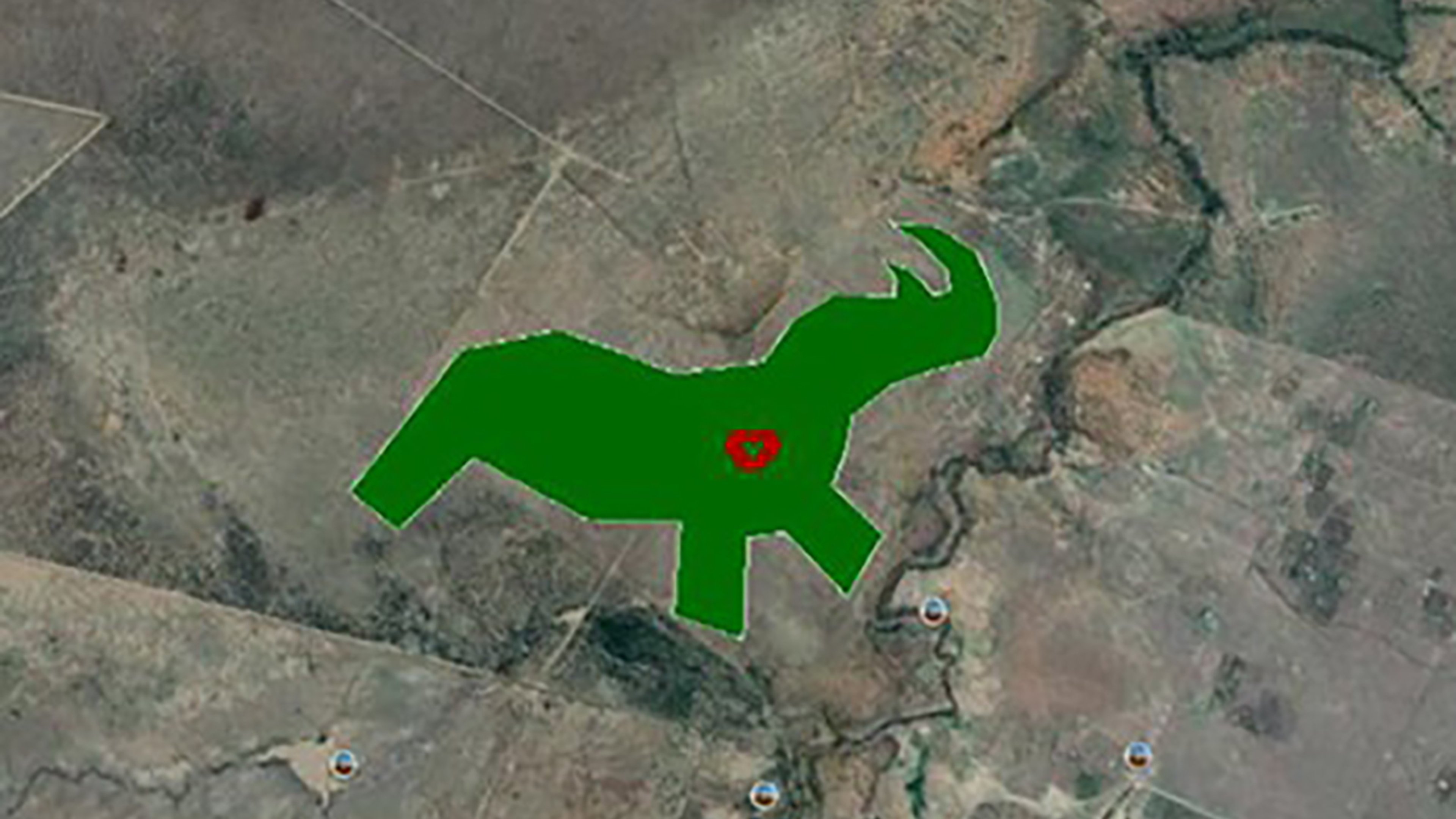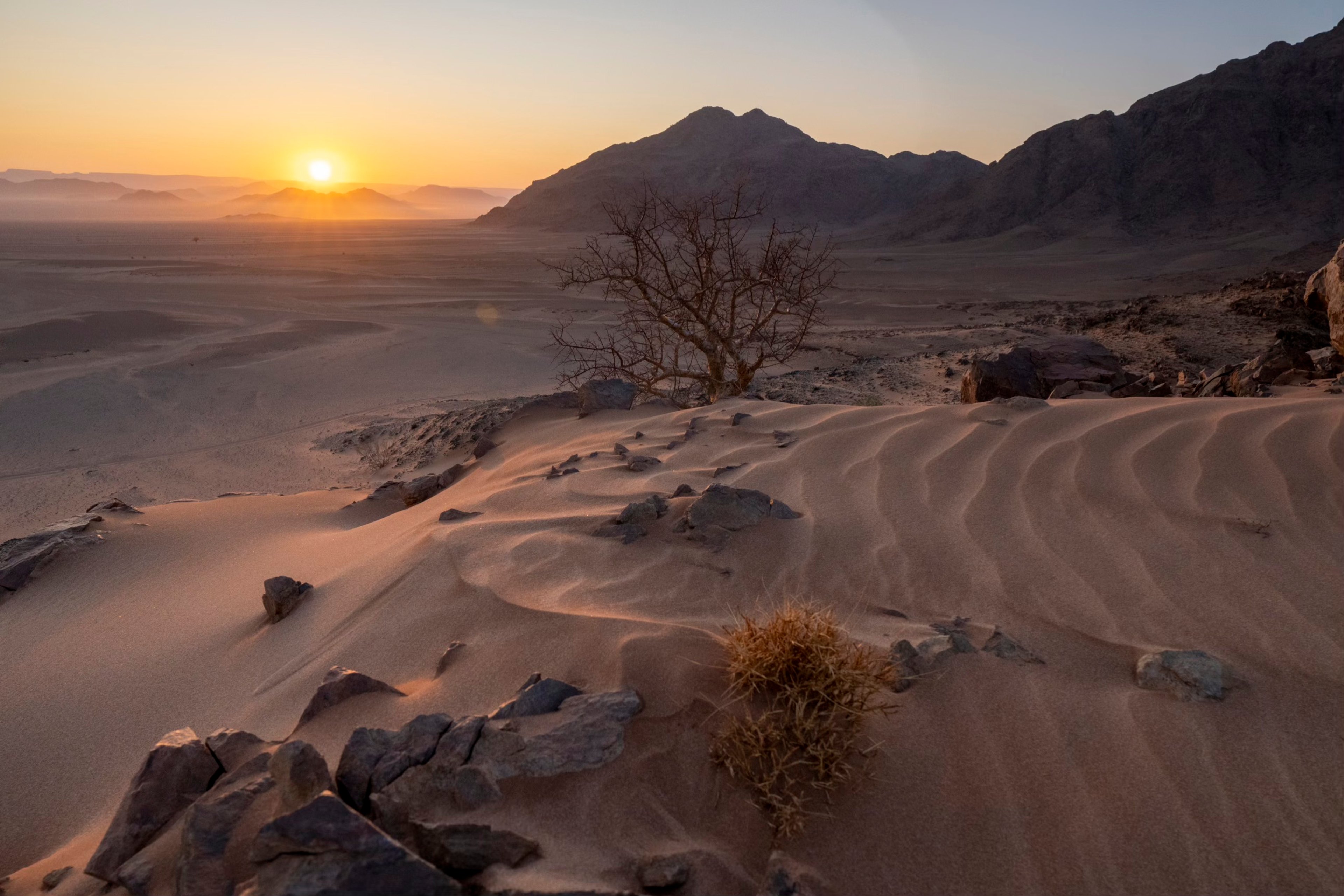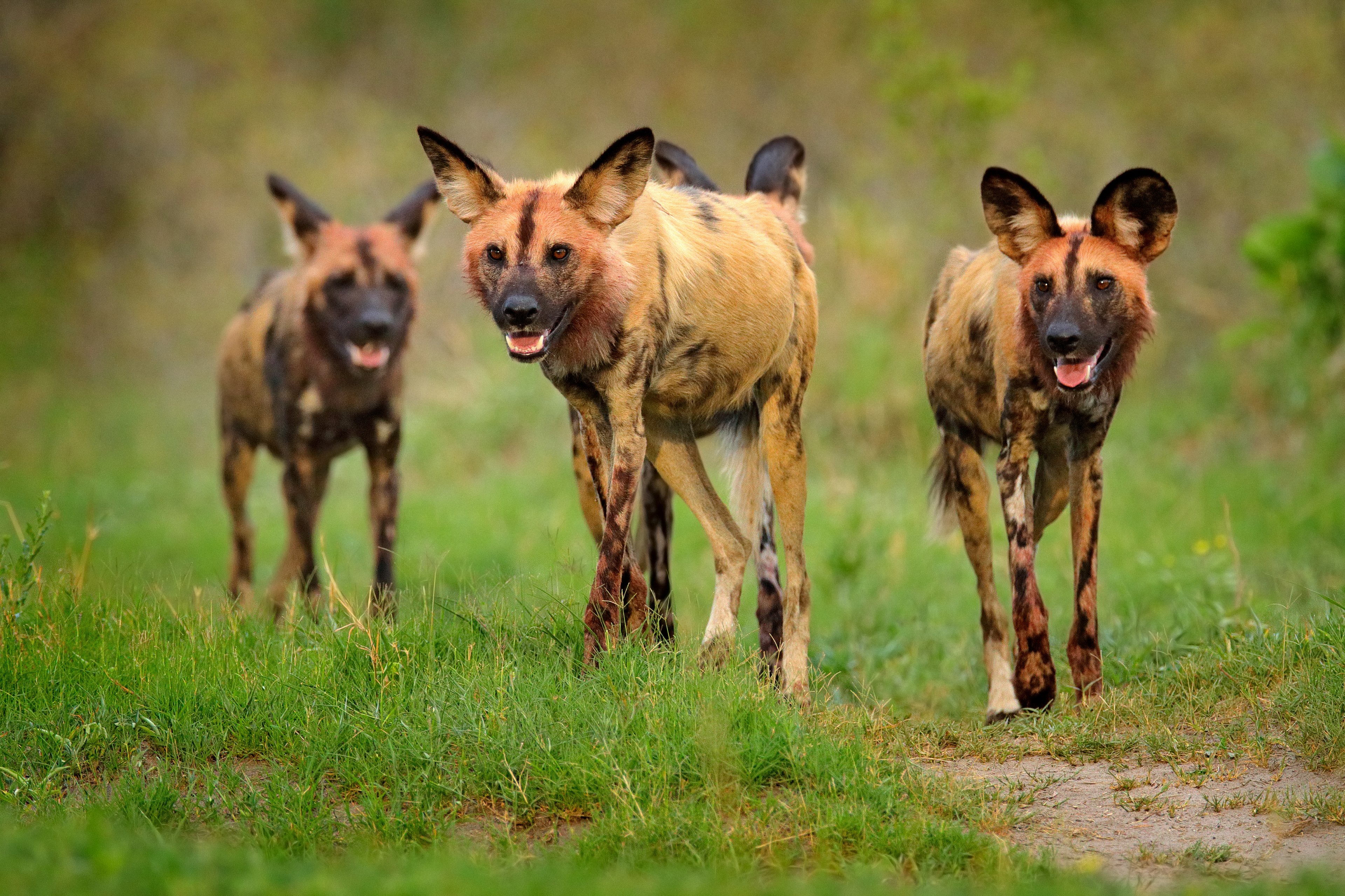A few months ago, I read Journeys To The Other Side of the World, an account of the adventures of the legendary Sir David Attenborough as a young naturalist, and found myself riveted once more by his tales of Birds of Paradise, ferocious giant coconut crabs, Madagascan sifakas, cannibalistic tribesmen and land divers.
As a child, I grew up on the stories of legendary conservationists and naturalists such as Rupert Fothergill (a Zimbabwean game ranger who rescued over 5 000 animals from the rising waters of Kariba Dam in the early 60s), Charles Darwin, Richard Leakey and of course Sir David Attenborough, whose power (for me) transcended all others, thanks to his ability to bring the wonders of far-flung natural curiosities home.
So, to watch his latest documentary: A Life on Our Planet, felt like a shout out to my younger self. For although it was very much a witness statement on how the natural world has faded during Sir David Attenborough’s life, it was also a vision for the future with realistic solutions – that felt like a call to arms.
I suspect it resonated all the more strongly with me because I am currently at Segera Retreat in Kenya. A place that is now a thriving wilderness area, but was once a denuded dust bowl. An incredible example of rewilding and restoration that owner, Jochen Zeitz, set in motion 12 years ago. Segera is both a Long Run Destination and a Global Ecosphere Retreat that represents a unique space on earth, by offering a very singular experience. I am in awe of what has been achieved here and hope it serves as an example to us all of what is possible.


This year saw Sir David Attenborough celebrate his 94th birthday. He has lived through some the world’s most extraordinary events and developments, from the Great Depression, the first transatlantic flight, World War II, the atomic bombing of Hiroshima, the historic passage of the Civil Rights Act, the rise of Chairman Mao, man’s first steps on the moon, the birth of the digital age, 9/11 and so much more. I can think of no one better to tell us how we as a species came to make such grave mistakes with our natural world but also how, if we act now, we can yet put it right.
By way of a world-o-meter, the film charts the rise of the planet’s population and the decrease in its wilderness areas from 1937 (Attenborough was just ten years old) when the world population was 2.3 billion and 66% of the earth’s surface was given over to wilderness areas. ‘It would have been inconceivable to me, when I first visited East Africa in 1960, that our species might one day have the power to threaten the very existence of those wilderness areas,’ he says, knowing how much has changed in so short a time. For a scant 60 years later, the world’s population is hovering close to 8 billion, while wilderness areas account for just 35%.

The ZEITZ foundation aim to plant one million trees in Kenya, with the majority of these tree seedlings being cultivated, grown and planted by a new Vocational Training Center for Forestry and Permaculture on Segera, being launched in January 2021 in celebration of the ZEITZ foundation’s 10 year anniversary in Kenya.
Thankfully it’s not all doom and gloom, in fact quite the contrary, for Attenborough gives incredible examples of how we can turn this process around. I was amazed to discover for example that the Netherlands – one of the planet’s most intensely populated countries – is also the world’s second largest exporter of food. Covered with small family run farms that have no room for expansion, the Dutch farmers have become experts at getting the most out of every hectare and in so doing have raised yields tenfold in just two generations. All the while using less water, fewer pesticides and emitting less carbon. Another example he cited was that of Costa Rica, where a century ago more than ¾ of its landmass was covered by forests. By the 1980s this was reduced to ¼, but to their credit, the government decided to offer grants to landowners to plant native trees and in just 25 years, the forest has returned to cover half of Costa Rica once again.
Back here at Segera they are doing much the same thing. During the pandemic, they launched their Tree of Life initiative, that saw them plant 100,000 Acacia seedling trees, as part of their goal to plant one million trees over the next ten years, thereby increasing Kenya’s forest cover that currently stands at 6%.

It's a pragmatic perspective that we all clearly need to heed as we approach the end of this most troubling year. I feel optimistic on so many levels, and hope that if I have the privilege to live to Attenborough’s age – I will be able to look back and see that his vision came to fruition. As such, I will continue to ensure that the work we have done thus far with ROAR AFRICA’s rewilding, women’s empowerment, sustainable tourism and conservation journeys promote a new way of living in keeping with this vision. For as Attenborough says: ‘All we need is the will to make amends and manage our impact so as to become a species in balance with nature once more.’
For more information on how you can help create change by virtue of where you choose to travel, mail welcome@roarafrica.com

If Mother Nature’s sheer power and resilience could be exemplified in one place on the planet, it would be the dramatic, unimaginably vast landscapes of Namibia.

I love Kentridge’s monochromatic signature style and so I made it my mission to visit the Norval Foundation last year in August when it opened.

African painted dogs are a staple in the African ecosystem. Join us as we explore the history and importance of these unique animals.
